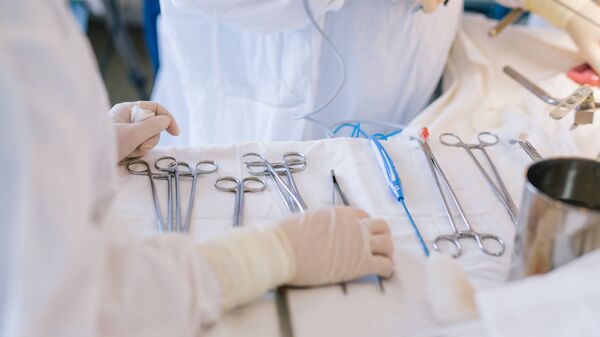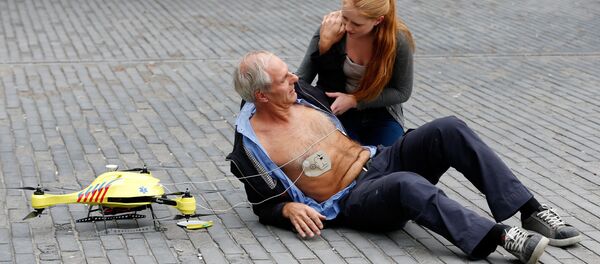For example, stitching a wound with surgical threads requires a lot of time, while conventional superglue, the most convenient and reliable means for mending internal injuries, is very toxic.
US scientists David Mooney and his colleagues decided to look for other ways to heal wounds and invented a new version of biological super-glue that is compatible with human tissue and at the same time is very strong and stretchable.
The unusual glue created by Harvard researchers sticks to wet surfaces and can repair practically any tissue of the human body, including damaged heart muscle, an article published in the Science journal said.
The glue is strong and flexible and can soon replace surgical stitches in the future.
"The adhesive is effective in the presence of blood and thus might work during wound repair," researchers wrote in their publication. "Adhesion occurs within minutes, independent of blood exposure and compatible with in vivo dynamic movements. This family of adhesives may be useful in many areas of application, including tissue adhesives, wound dressings, and tissue repair," they add.
The efficiency of the glue has been proved in a variety of conditions: the substance managed to repair ripped muscles of rats and even a hole in the heart of a pig. Further experiments have shown that the glue didn't cause irritation, necrosis or any other negative consequences inside the animals' bodies.



